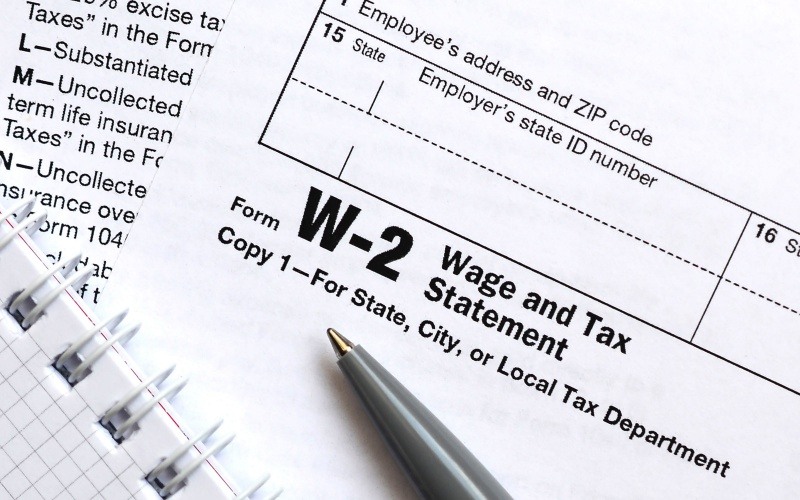1.5 minute read
The IRS reminds businesses that changes under the SECURE 2.0 Act, starting in tax year 2023, may affect Form W-2 reporting. A fact sheet released on August 29, 2024, details the provisions impacting Forms W-2, W-2AS, W-2GU, and W-2VI.
Background
The Consolidated Appropriations Act of 2023, signed on December 29, 2022, includes SECURE 2.0 legislation, enhancing the SECURE Act of 2019 to boost employees' retirement savings and bringing significant changes for employers. A detailed summary can be found here.
SECURE 2.0 Changes
The provisions potentially affecting Forms W-2 are:
- De minimis financial incentives (Section 113): Employers can offer small financial incentives to employees participating in 401(k) or 403(b) plans. These incentives are taxable income unless exempted.
- Roth Savings Incentive Match Plan for Employees (SIMPLE) and Roth Simplified Employee Pension (SEP) IRAs (Section 601): Employers can offer employees the option to designate a Roth IRA for contributions. Salary reduction contributions to a Roth SEP or Roth SIMPLE IRA are subject to federal income tax, FICA, and FUTA taxes and should be included in Form W-2. Employer matching and nonelective contributions are not subject to these taxes and must be reported on Form 1099-R.
- The optional treatment of employer nonelective or matching contributions as Roth contributions (Section 604): Plans can now allow employees to designate certain contributions made after December 29, 2022, as Roth contributions. These are not subject to federal income tax withholding and generally not to Social Security and Medicare tax withholding. Unlike regular Roth contributions, they must be reported on Form 1099-R for the year allocated to the employee’s account.
Download the bulletin for more details.

